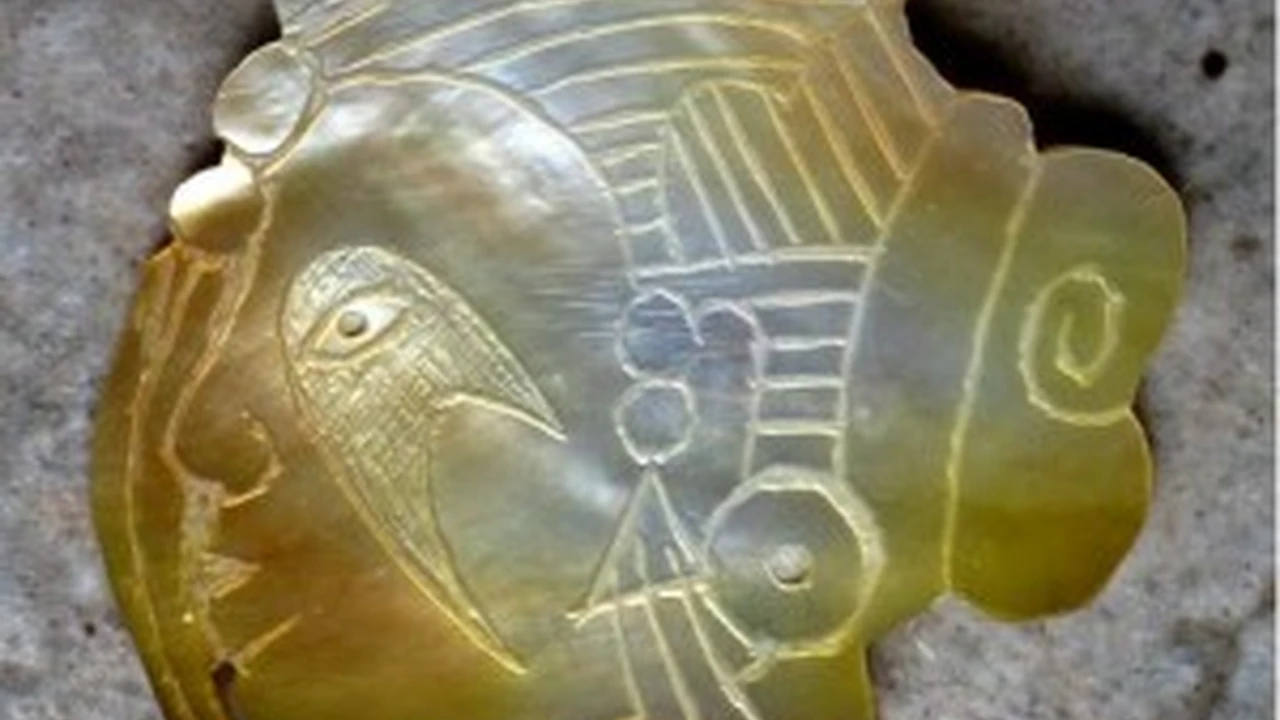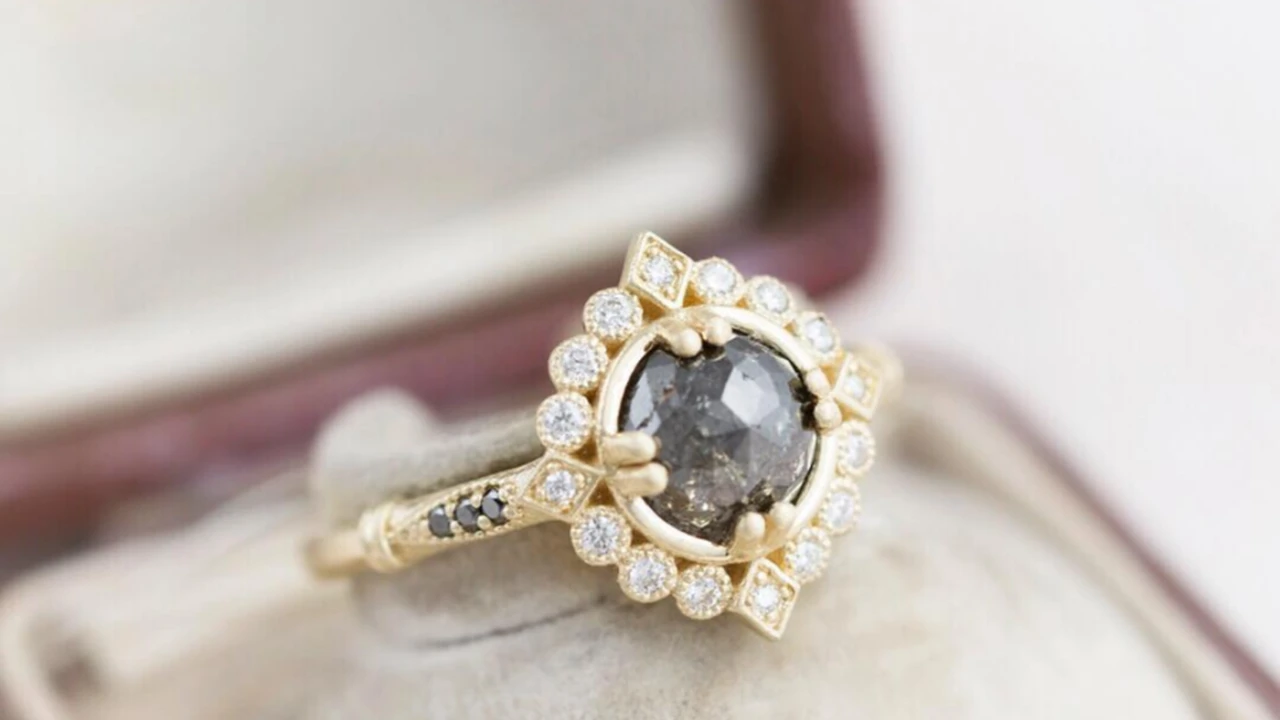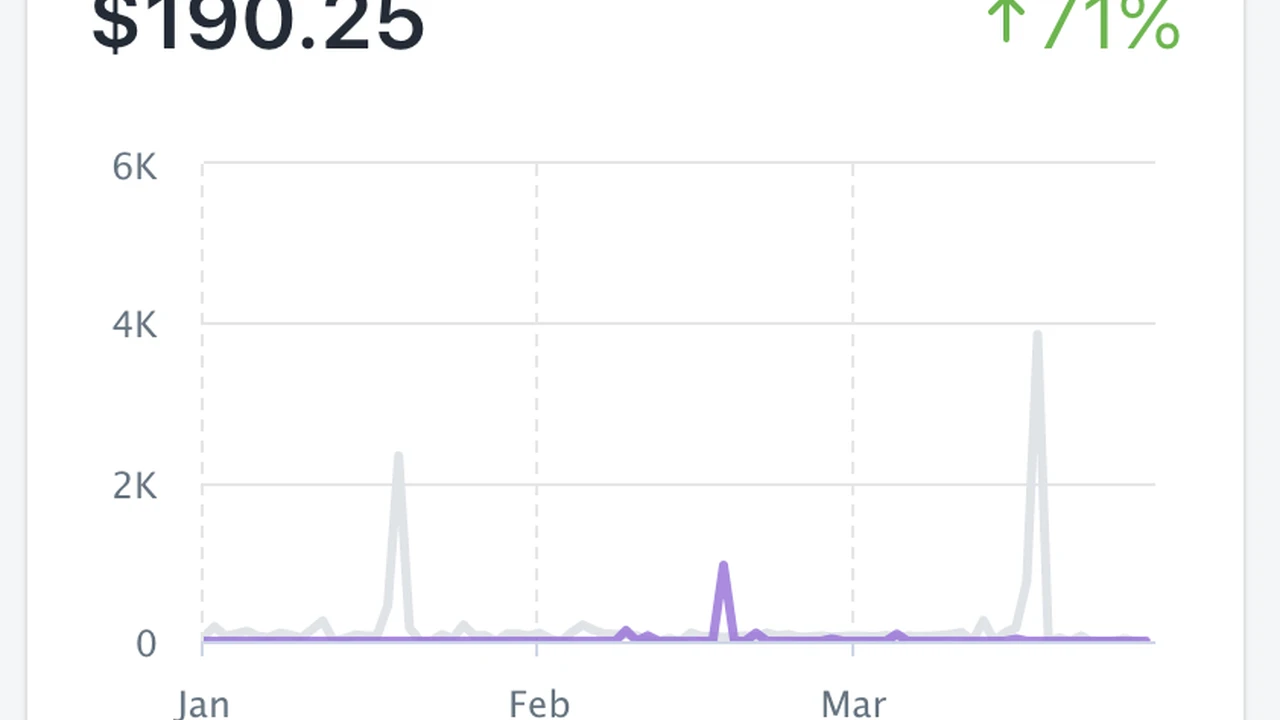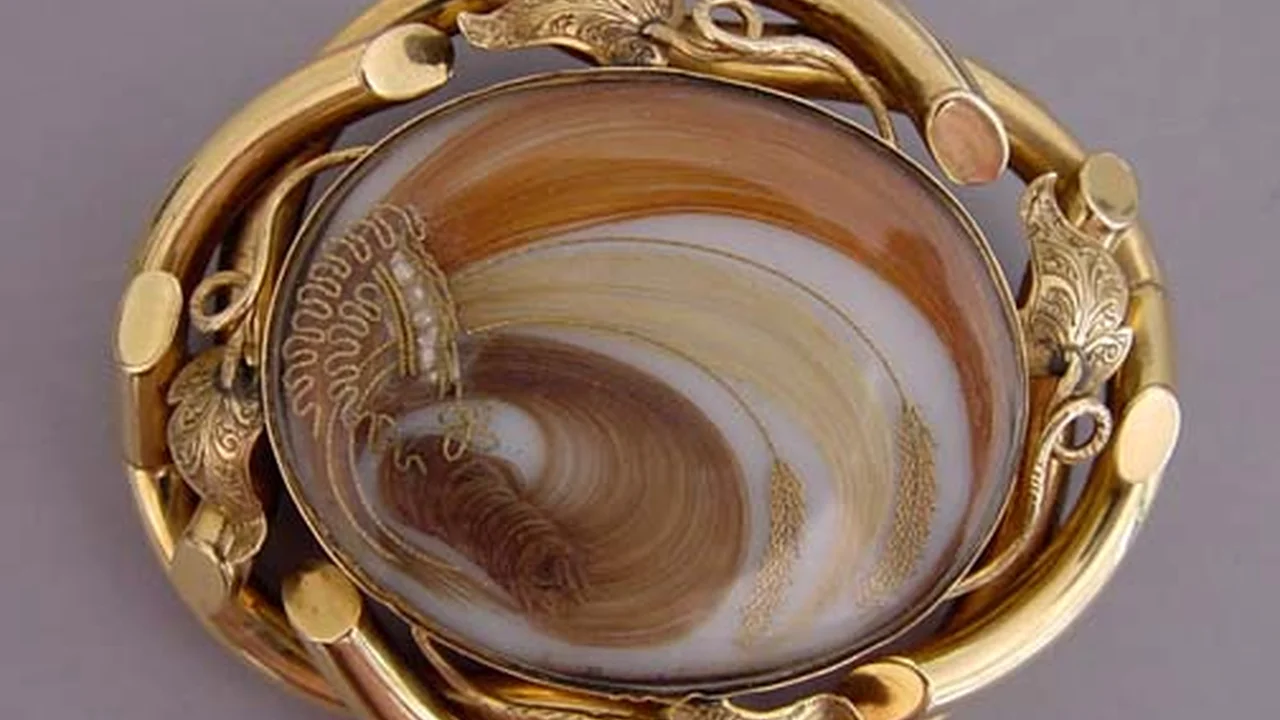Understanding Antique Jewelry Hallmarks A Complete Guide
Explore the distinct characteristics of Victorian and Edwardian jewelry Learn about materials, designs, and hallmarks of these iconic eras.
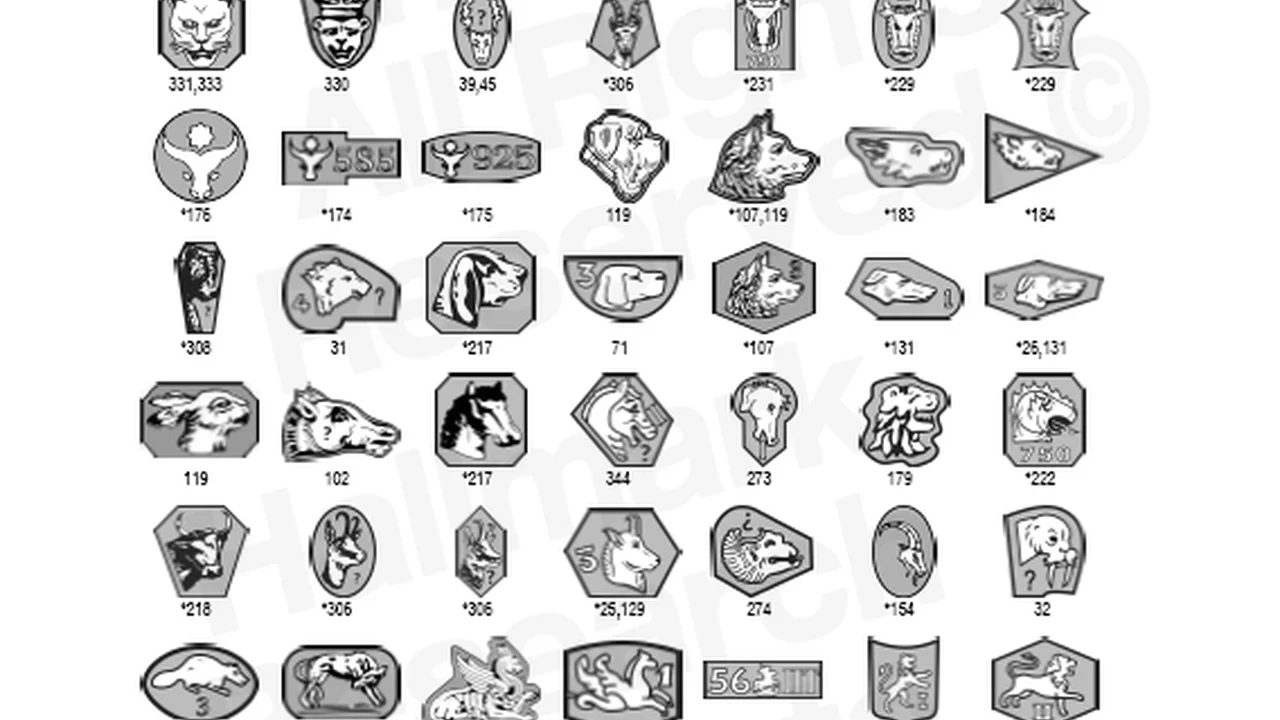
Introduction: A Tale of Two Eras in Antique Jewelry
Hey there, jewelry lovers! Ever get confused between Victorian and Edwardian jewelry? You're not alone! These two eras, though close in time, have strikingly different styles. Think of it like this: Victorian jewelry is your grandmother's opulent, sentimental collection, while Edwardian jewelry is your elegant, minimalist aunt's sophisticated pieces. Let's dive into the key differences that make them unique.
H2: Materials and Metals Used in Victorian and Edwardian Jewelry
Victorian Jewelry: During Queen Victoria's reign (1837-1901), jewelry was often made from gold, silver, and sometimes even unconventional materials like gutta-percha (a type of rubber) and jet (fossilized wood). Think bold and dramatic! Rose gold was particularly popular.
Edwardian Jewelry: The Edwardian era (1901-1910), named after King Edward VII, ushered in a lighter, more delicate style. Platinum became the metal of choice, allowing for intricate, lacy designs. White gold also gained popularity, creating a softer, more ethereal look.
H2: Design Motifs and Themes Victorian vs. Edwardian Jewelry
Victorian Jewelry: Sentimentality was HUGE in Victorian jewelry. Common motifs included flowers (especially roses and forget-me-nots), hearts, birds, snakes (symbolizing eternal love), and mourning jewelry featuring hair or portraits of loved ones. The designs were often quite elaborate and symbolic.
Edwardian Jewelry: Edwardian designs were all about elegance and sophistication. Think garlands, bows, ribbons, and delicate filigree. The “Belle Époque” style, inspired by French aristocracy, featured intricate openwork and a focus on showcasing precious gemstones.
H2: Gemstones and Diamonds in Antique Jewelry
Victorian Jewelry: Colorful gemstones were favored during the Victorian era. Garnets, amethysts, pearls, turquoise, and opals were commonly used. Diamonds were also popular, but often cut in older styles like the rose cut or old mine cut.
Edwardian Jewelry: Diamonds reigned supreme in the Edwardian era. The newly developed techniques for cutting diamonds allowed for greater brilliance. The old European cut became popular, and diamonds were often set in platinum to maximize their sparkle. Sapphires, emeralds, and rubies were also used, but typically as accents to the diamonds.
H2: Jewelry Setting Techniques and Craftsmanship
Victorian Jewelry: Victorian jewelry often featured closed-back settings, meaning the back of the gemstone was covered. This was partly due to the limitations of metalworking technology at the time. The craftsmanship was often intricate, but sometimes a bit less refined than Edwardian pieces.
Edwardian Jewelry: Edwardian jewelers perfected the art of openwork and milgrain detailing (tiny beaded edges). This allowed light to pass through the gemstones, enhancing their brilliance. Platinum's strength and malleability allowed for delicate, intricate settings that were almost invisible.
H2: Hallmarks and Identifying Marks on Antique Jewelry
Victorian Jewelry: Victorian jewelry hallmarks can vary depending on the country of origin. Look for marks indicating the metal content (e.g., '18K' for 18 karat gold) and maker's marks. However, many Victorian pieces are unmarked.
Edwardian Jewelry: Edwardian jewelry often has hallmarks indicating the platinum content (e.g., 'PLAT' or '950 Plat'). Maker's marks are also common. Researching specific hallmarks can help you identify the maker and date the piece.
H2: Style and Occasion Victorian vs. Edwardian
Victorian Jewelry: Victorian jewelry was worn for a wide range of occasions, from everyday wear to elaborate social events. Mourning jewelry was particularly prevalent, especially after the death of Prince Albert in 1861. Styles ranged from understated to extremely opulent.
Edwardian Jewelry: Edwardian jewelry was primarily worn for formal occasions and social gatherings. Think garden parties, balls, and evenings at the opera. The style was elegant and refined, designed to complement the flowing gowns and sophisticated hairstyles of the era.
H2: Antique Jewelry Product Recommendations and Comparisons
Okay, let's get specific! Here are a few example pieces you might find, along with pricing and comparisons:
Victorian Jewelry Example: A Rose Gold Locket
Description: A beautiful rose gold locket with intricate floral engravings. Features a space for two small photographs. Circa 1880.
Usage: Perfect for everyday wear or as a sentimental gift. Can be worn on a long chain or added to a charm bracelet.
Price: $800 - $1200 (depending on condition and detail)
Edwardian Jewelry Example: A Platinum and Diamond Pendant
Description: A delicate platinum pendant featuring a central old European cut diamond surrounded by smaller diamonds and milgrain detailing. Circa 1910.
Usage: Ideal for formal occasions or as a statement piece for a special event. Looks stunning with an evening gown.
Price: $3000 - $5000 (depending on diamond quality and size)
Comparison: Victorian Garnet Brooch vs. Edwardian Sapphire Ring
- Victorian Garnet Brooch: Typically features a large, deep red garnet in a gold or silver setting. Often has elaborate detailing and a heavier feel. Price range: $300 - $600.
- Edwardian Sapphire Ring: Features a sapphire (often blue) surrounded by diamonds in a platinum setting. The design is delicate and lightweight. Price range: $2000 - $4000.
The key difference? The Victorian brooch is bolder and more ornate, while the Edwardian ring is more refined and elegant. The materials also reflect the styles of each era.
H2: Finding Authentic Victorian and Edwardian Pieces
So, you're ready to start your own antique jewelry collection? Here are a few tips for finding authentic pieces:
- Buy from reputable dealers: Look for dealers with experience and a good reputation. Ask about their authentication process.
- Examine the piece carefully: Look for hallmarks, signs of wear, and any evidence of repairs.
- Do your research: Learn about the characteristics of Victorian and Edwardian jewelry so you can spot fakes.
- Trust your gut: If something seems too good to be true, it probably is.
H2: The Enduring Appeal of Antique Jewelry
Whether you're drawn to the sentimental charm of Victorian jewelry or the elegant sophistication of Edwardian pieces, these antique treasures offer a glimpse into the past. They're not just beautiful accessories; they're miniature works of art with stories to tell. So, happy hunting, and may your antique jewelry journey be filled with sparkling discoveries!
:max_bytes(150000):strip_icc()/277019-baked-pork-chops-with-cream-of-mushroom-soup-DDMFS-beauty-4x3-BG-7505-5762b731cf30447d9cbbbbbf387beafa.jpg)



